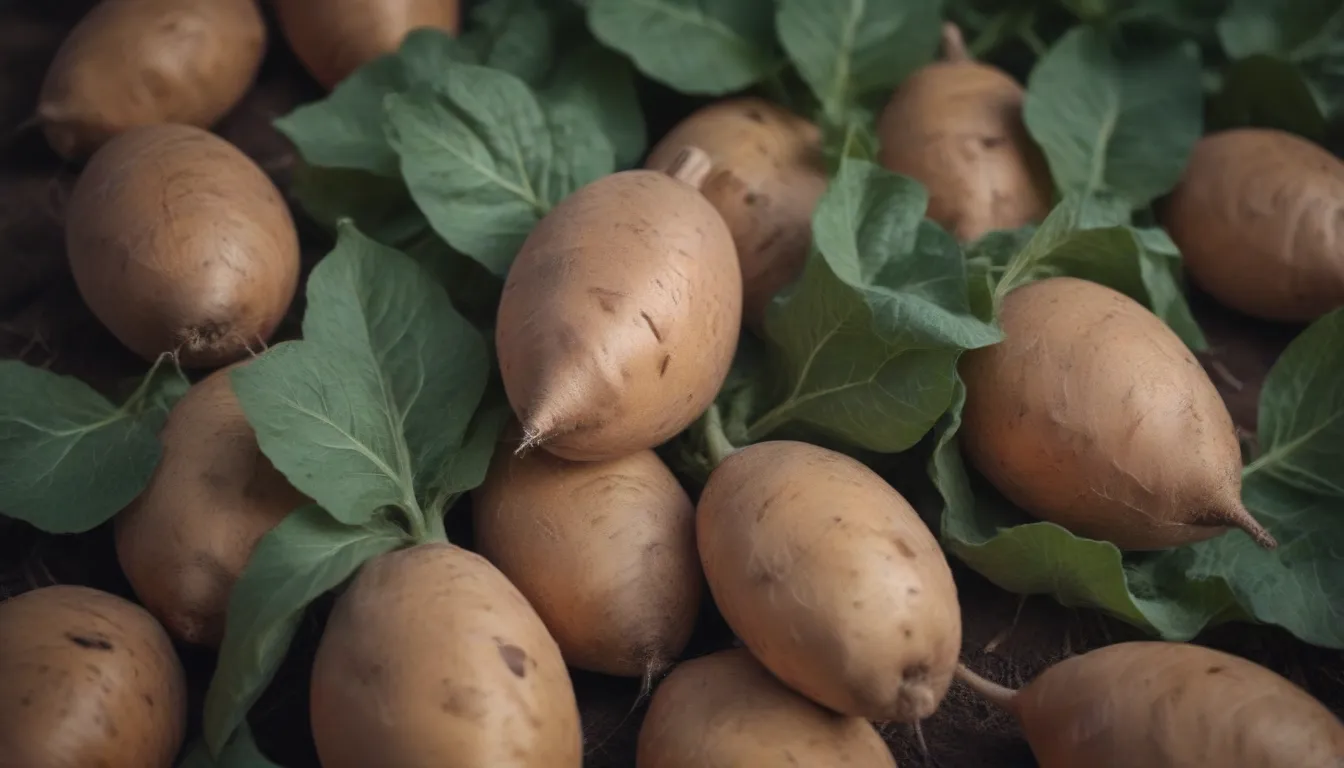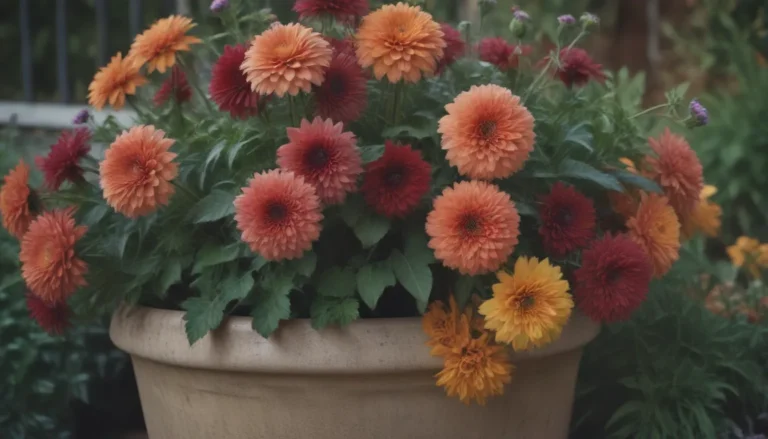The Ultimate Guide to Growing Sweet Potato Slips for Bountiful Harvests Every Time

Have you ever considered growing your own sweet potato slips, but weren’t sure where to start? Well, you’re in luck! This comprehensive guide will walk you through everything you need to know to successfully grow sweet potato slips, ensuring a perfect harvest every time. Whether you’re a novice gardener or a seasoned pro, this article will provide you with valuable information to help you cultivate your own sweet potato crop.
Understanding Sweet Potato Slips
Sweet potatoes are a unique crop that do not have eyes like regular potatoes do. Instead, they produce slips – seedlings that grow into sweet potato plants. These slips can be grown from store-bought sweet potatoes or saved from a previous harvest. Keep in mind that sweet potatoes sold in grocery stores are often labeled as yams, but they are not the same. When selecting a sweet potato for growing slips, look for an organic variety to ensure it has not been treated with a sprout inhibitor.
When to Start Growing Sweet Potato Slips
Sweet potatoes thrive in warm weather, so it’s important to wait until both the air and soil temperatures reach at least 60°F before transplanting slips into the garden. Whether you choose to start your slips in water or soil will determine how long it takes for them to be ready for transplanting. Typically, it takes six to seven weeks using the water method and four to six weeks when starting in soil. Planting out too early can expose the delicate vines to cold damage, so make sure to time it right.
Tip: Plant sweet potato slips in the garden 12 to 18 inches apart in rows that are 3 feet apart. In hot, sunny weather, consider protecting new transplants with row covers or overturned pots to prevent wilting and dieback.
How to Grow Sweet Potato Slips in Garden Soil
Growing sweet potato slips directly in garden soil is a popular method, but it requires a long, warm growing season of 85 to 120 days from planting to harvest. Here’s how you can do it:
- Prepare the garden bed by loosening the soil and incorporating compost for nutrients.
- Insert sprouted sweet potatoes into the soil, leaving the top exposed.
- Water regularly and keep the soil moist, but not waterlogged.
- Ensure the plants receive plenty of sunlight for optimal growth.
Tip: Be cautious of potential rot when growing slips in soil, as mature potatoes can rot quickly if buried too deep or if the rooting end is damaged. If your sprouting potato rots, you will need to start over with a fresh potato.
How to Grow Sweet Potato Slips in Soil Indoors
Growing sweet potato slips in soil indoors is another effective method, especially if you live in a climate with shorter growing seasons. Here’s how you can do it:
- Fill a container with potting soil, leaving enough space for the sweet potato.
- Insert the sweet potato into the soil with the top exposed.
- Place the container in a warm, sunny location and water regularly.
- Ensure the soil stays moist but not waterlogged for optimal slip growth.
Tip: Providing bottom warmth will help promote better results when growing sweet potato slips indoors.
How to Grow Sweet Potato Slips in Water
Growing sweet potato slips in water is a simple and traditional method that requires minimal effort. Here’s how you can do it:
- Fill a clear glass with clean water.
- Insert the sweet potato in the glass using toothpicks to suspend it.
- Place the glass in a sunny window and change the water regularly.
- Watch as the slips begin to grow roots and develop into viable plants for transplanting.
Tip: Sweet potatoes can continue to produce slips for a period of time, so be sure to refresh the water regularly and harvest slips as needed.
Sweet Potatoes vs. Yams: Understanding the Difference
It’s important to note the distinction between sweet potatoes and yams to ensure you are selecting the right variety for your crop. Sweet potatoes are root vegetables that produce slips, while yams are a completely different type of tuber. When choosing sweet potatoes for growing slips, opt for an organic variety that is less likely to have been treated with a root inhibitor.
In conclusion, growing your own sweet potato slips can be a fun and rewarding experience that yields delicious results. By following the steps outlined in this guide, you can successfully cultivate a bountiful harvest of sweet potatoes every time. Whether you choose to start your slips in garden soil, indoors, or in water, with the right care and attention, you’ll be enjoying your own homegrown sweet potatoes in no time. So, roll up your sleeves, grab a sweet potato, and get ready to grow your own crop of delicious sweet potatoes!





